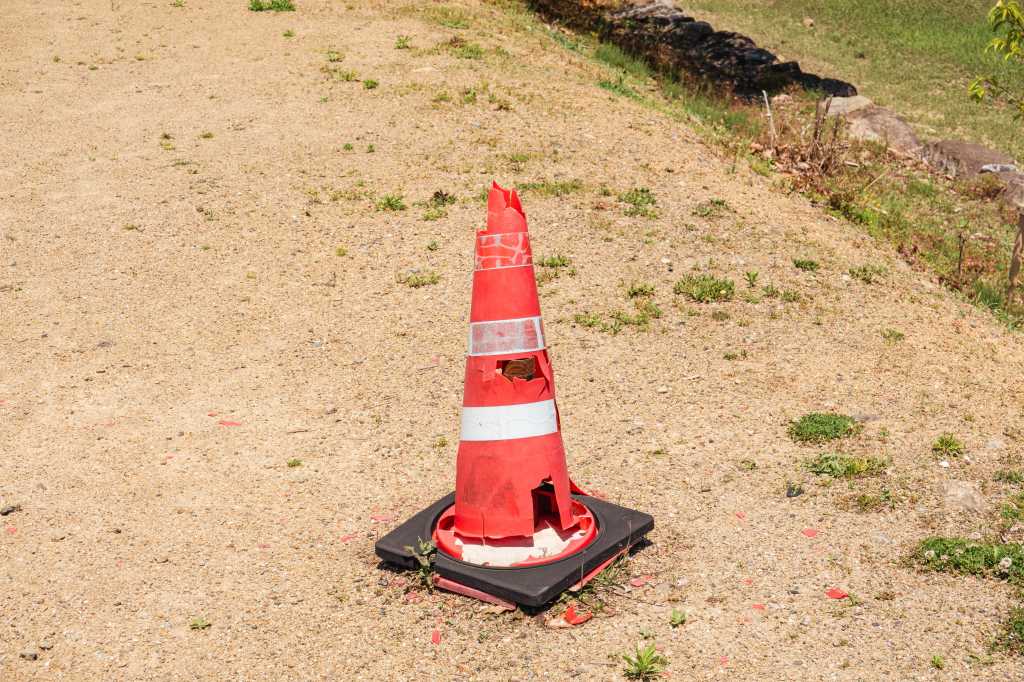Zero Trust containment strategies, powered by security graphs that map and contextualize your hybrid environment, strengthen both your proactive and reactive security defenses.

In military terms, a “blast radius” is the area around an explosion where damage can occur. Translating that to cybersecurity, the term describes how far attackers can move after they breach your systems. Every step they take inside your environment multiplies potential damage — from data theft and downtime to reputational fallout. Reducing that radius through breach containment is therefore essential. Today artificial intelligence (AI), combined with sophisticated security graphs inside a Zero Trust framework, is redefining how quickly and effectively organizations can contain threats.
AI is taking security graphs to new levels
Security graphs create a dynamic visual representation of an organization’s hybrid environment, illustrating how servers, endpoints, workloads, and transactions interact. This contextual understanding helps teams pinpoint critical dependencies, visualize data flows, and design protections where they matter most. When AI enhances these graphs, it continuously analyzes billions of relationships, highlighting risky connections and recommending optimized policy placements. With this insight, companies can strengthen Zero Trust principles, knowing exactly what to protect — and what connections to cut.
Proactive containment with Zero Trust
Companies should think about the issue in two ways, says Raghu Nandakumara, Illumio vice president of Industry Strategy. The first is proactive containment — building in preventive policies that limit how far attackers can move if they slip past the first line of defense. The second is reactive containment, a fast, intelligent response once an intruder’s presence is confirmed.
A properly implemented Zero Trust model covers that proactive layer. According to John Kindervag, Illumio chief evangelist and the creator of Zero Trust, older security models assumed that anyone inside the network could be trusted. “Once an intruder gets in, they can move around with impunity,” he explains. Zero Trust changes that entirely — access between systems is permitted only if a verified rule allows it. If a rule does allow an intruder to move laterally, that configuration is considered a dangerous “bad rule set.”
Consider the example of a Domain Name System (DNS) server or a domain controller — common targets with many connections. Once compromised, these assets can give intruders vast mobility. Containment policies prevent this from happening. “Just because you’re on this domain controller, it doesn’t mean you can move somewhere else,” Kindervag says. “You’re not allowed to move laterally.”
Reactive actions to corral and contain attackers
Even with strong policies, incidents still occur. When you know an intruder is inside, speed and precision matter most. Reactive containment hinges on detecting movement, isolating affected workloads, and halting spread before systems are compromised further. Nandakumara explains: “Illumio Insights rapidly identifies potentially risky lateral movements. Organizations can choose to isolate or quarantine a workload or even trigger a broader segmentation response. With its dynamic quarantine feature, Illumio Insights can contain compromised resources in a single click.”
This blend of visibility, automation, and control means security teams can immediately shift from guessing to acting — closing pathways before damage multiplies. In today’s interconnected networks, real-time containment is no longer optional; it’s a differentiator.
Discover how Illumio Insights can help your organization blend proactive and reactive defense to reduce your cyber blast radius to zero.









